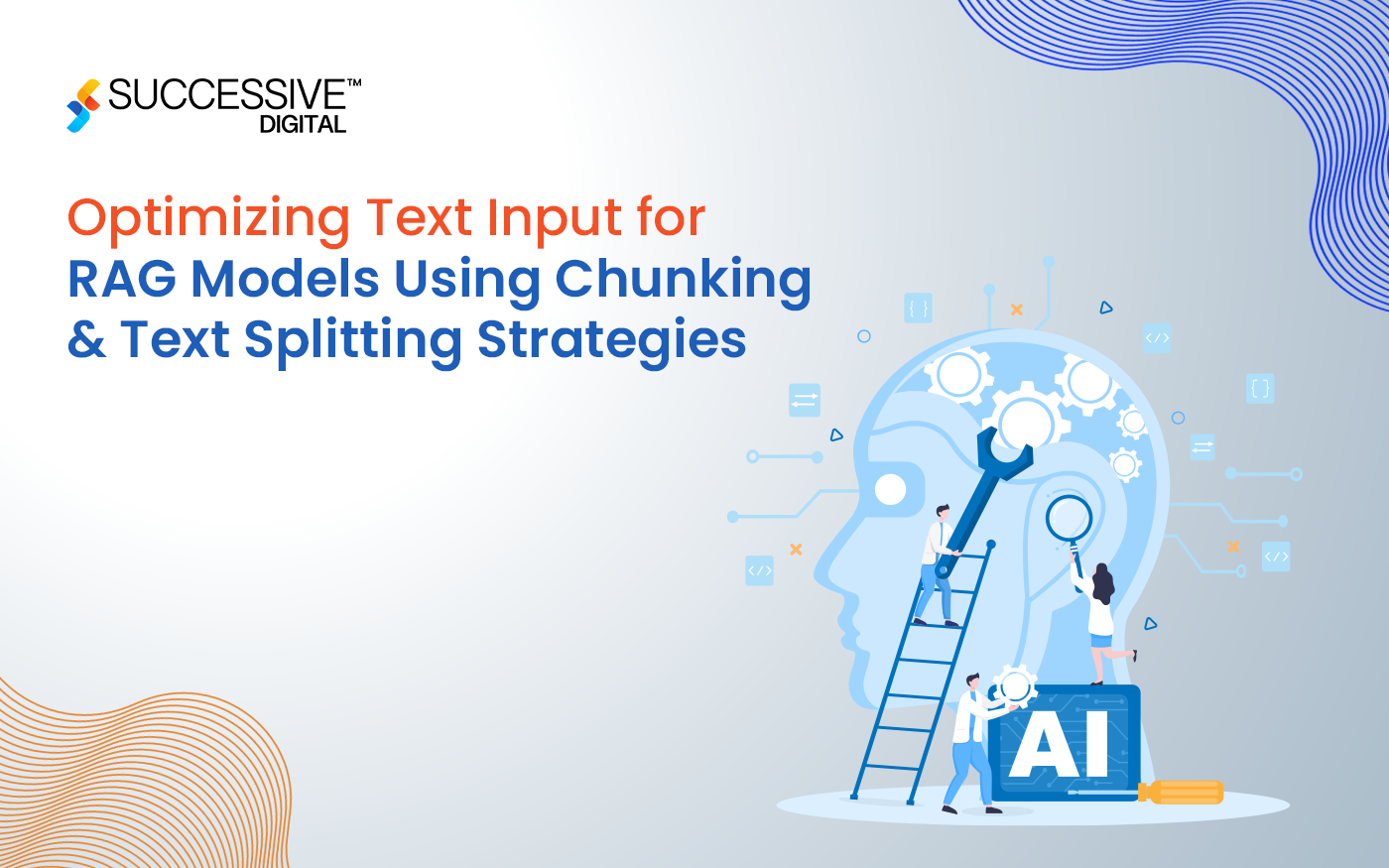Implementing data lakes in financial institutions is vital as organizations try to leverage big data for strategic advantages. Unlike conventional data warehouses, which require predefined schemas, data lakes provide better flexibility, allowing financial institutions to store various data types without substantial preprocessing. This flexibility is crucial, as it generates and uses an extensive variety of data resources, including transactional statistics, customer interactions, market data, and regulatory information.
The importance of data lake considerations within the financial sector cannot be overstated. More than conventional storage and processing techniques, modern data lake architectures are needed with the exponential boom in data volumes and the increasing complexity of data types. Data lakes allow financial institutions to save and analyze this large amount of data more correctly, fostering information-driven decision-making. They support advanced analytics, machine learning (ML), and real-time data processing, which is crucial for reinforcing customer experience, dealing with risks, and ensuring regulatory compliance. However, enforcing a data lake entails several key concerns, from data ingestion and governance to safety and scalability. Addressing these concerns is essential to maximize the benefits of data lakes and avoid potential pitfalls.
Data Ingestion and Integration
-
Diverse Data Sources
Financial institutions must manage data from various assets, together with transactional systems, customer interactions, marketplace feeds, and external regulatory bodies. Effective information ingestion tools and strategies are required to deal with this variety.
-
ETL and ELT Processes
Extract, Transform, Load (ETL) and Extract, Load, Transform (ELT) techniques are crucial. ETL involves transforming information earlier than loading it into the records lake, even as ELT involves loading raw data and transforming it as needed. The preference between ETL and ELT relies upon at the particular use cases and the nature of the information.
-
Real-time Data Ingestion
For financial institutions, actual-time fact processing is often essential. Implementing records streams with technology like Apache Kafka or AWS Kinesis can help ingest actual-time data effectively into the data lake.
Data Governance and Security
-
Data Quality Management
Ensuring that excessive data is satisfactory is paramount as data lake best practices. Implementing information validation, cleaning, and enrichment tactics helps maintain data integrity and reliability. Data profiling and assessment tools can identify and rectify data anomalies.
-
Metadata Management
Proper metadata control for implementing data lakes is crucial for statistics discoverability and value. Implementing a metadata catalog, like Apache Atlas or AWS Glue, allows for the preservation of a comprehensive stock of data property and their lineage.
-
Access Control and Security
Financial institutions are extraordinarily sensitive, necessitating robust security features. Implementing fine-grained access controls, encryption (each at relaxation and in transit), and compliance with regulatory standards (like GDPR PCI-DSS) is important. Identity and Access Management (IAM) solutions and role-based access control (RBAC) mechanisms make certain that authorized employees are admitted to data.
Scalability and Performance
-
Storage Scalability
Data lakes architecture need to be capable of scaling storage effectively to deal with developing data volumes. Cloud-based data lakes, including those on AWS S3, Azure Data Lake Storage, or Google Cloud Storage, offer limitless storage ability with flexible scaling alternatives.
-
Compute Scalability
Processing large datasets requires scalable computing sources. Implementing dispensed processing frameworks like Apache Hadoop, Apache Spark, or cloud-native services like AWS EMR or Azure Databricks ensures efficient information processing.
-
Performance Optimization
Optimizing data retrieval and processing performance is crucial in implementing data lakes. Techniques like data partitioning, indexing, and caching can substantially improve overall performance. Additionally, deciding on the proper data codecs (e.g., Parquet, ORC) can enhance storage efficiency and access speed.
Data Lake Architecture
-
Layered Architecture
Implementing a layered structure can help manipulate and arrange data efficiently. Common layers encompass:
- Raw Data Layer: Stores uncooked, unprocessed data.
- Cleansed Data Layer: Contains cleaned and standardized data.
- Curated Data Layer: Holds enriched and transformed data prepared for analysis.
-
Data Lakehouse
Data lake best practices involve a Lakehouse that combines factors of statistics lakes and statistics warehouses, offering the ability of a data lake with the overall performance and management capabilities of a statistics warehouse. Technologies like Delta Lake, Apache Iceberg, and AWS Lake Formation can facilitate this structure.
Analytics and BI Integration
-
Data Analytics Tools
Integrating analytics tools like Apache Spark, Presto, or cloud-primarily based offerings like Amazon Athena enables complex data analysis on the data lake. These tools support SQL-based querying, ML, and advanced analytics.
-
Business Intelligence (BI) Platforms
Connecting data lakes to BI platforms like Tableau, Power BI, or Looker allows financial institutions to generate insights and visualizations to reap full advantage of data lake benefits. Ensuring seamless integration between the data lake and BI tools is crucial for consumer adoption and better decision-making.
Data Lake Management and Monitoring
-
Monitoring and Logging
Continuous tracking and logging are vital to track data lake overall performance, usage styles, and capacity troubles. Implementing tracking equipment like AWS CloudWatch, Azure Monitor, or Prometheus can provide real-time insights into the health and overall performance of the data lake architecture.
-
Incident Management
Having a robust incident management procedure is crucial for addressing any operational issues directly. Establishing methods for incident detection, evaluation, and determination ensures minimum disruption to data lake operations.
Skillsets and Team Structure
-
Skilled Personnel
Building and implementing data lakes calls for a team with numerous skillsets, along with data lake considerations, data scientists, DevOps engineers, and security experts. Investing in training and improvement ensures that the group can effectively control and leverage the data lake.
-
Collaborative Culture
Promoting a collaborative culture between unique teams (e.G., IT, statistics science, business devices) complements the overall effectiveness of the data lake architecture. Encouraging cross-functional collaboration enables align data lake tasks with enterprise goals and fosters innovation.
Conclusion
Implementing data lakes in financial institutions is a complex but profitable endeavor. It requires careful strategy, robust data lake architecture, and stringent governance to manipulate the diverse and voluminous data generated in the financial industry. By addressing key issues, including data ingestion, governance, scalability, architecture, analytics integration, control, compliance, tracking, and team, institutions can harness data lake benefits to power insights, innovation, and competitive advantage.












